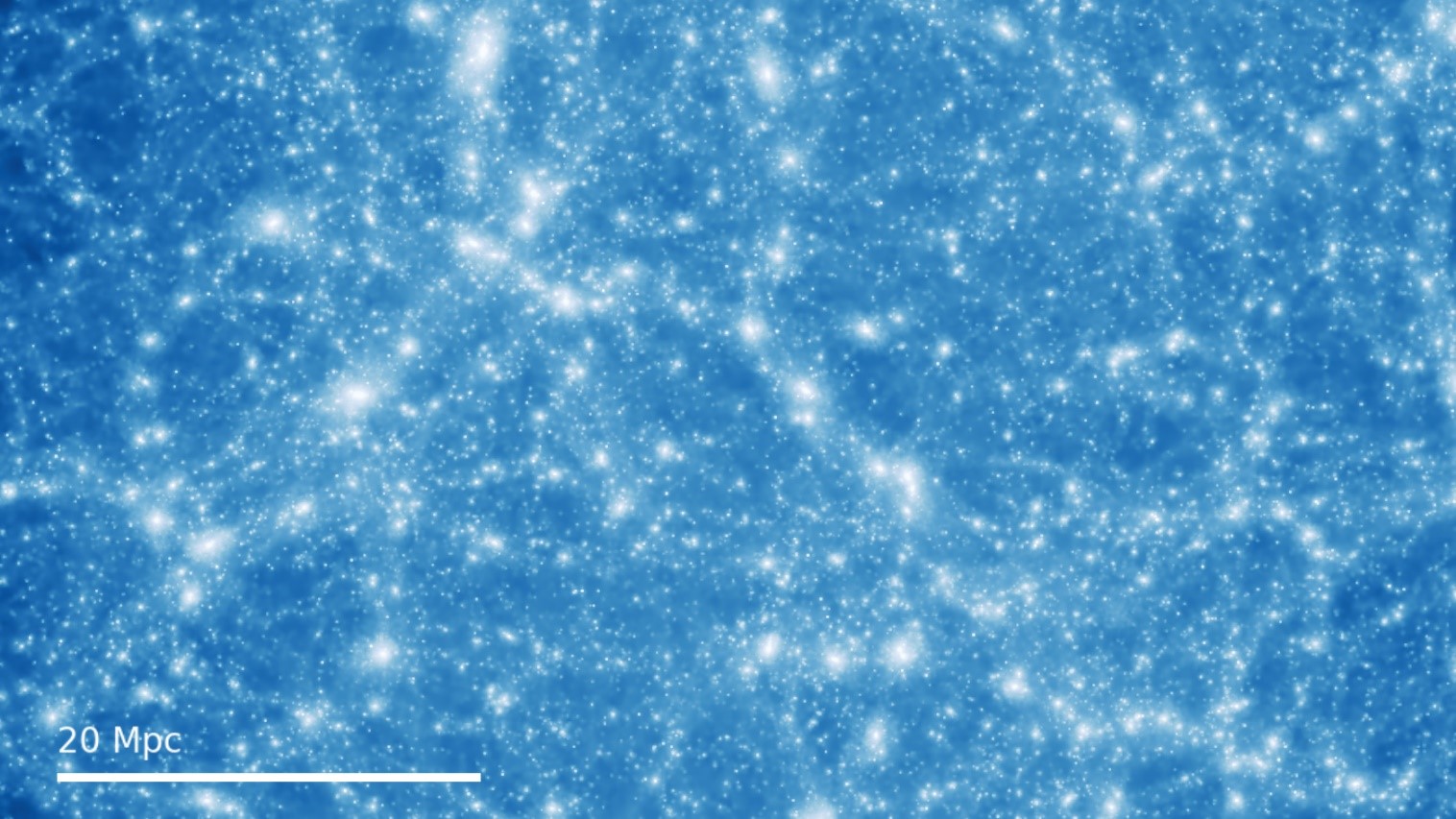Division of Research & Innovation
Streamlining Galaxy Simulation Processes
Advancing galaxy formation research: New toolkit for reliable simulation initial conditions
Modern theoretical studies of how galaxies form have come to rely heavily on simulations: computer models run on some of the world’s largest supercomputers. All galaxy simulation studies begin with initial conditions, which establish the starting point of the matter that makes up the galaxy, in the earliest moments of the universe. For cosmological zoom-in simulations, these initial conditions are drawn from large, low-resolution (and therefore cheap!) cosmological volumes. The process to make these initial conditions has, however, been ad-hoc, complicated, and often impossible for other researchers to replicate. This leads to wasted and duplicated effort and slows our progress in understanding how galaxies form and evolve.
With a new NASA High Priority Open-Source Science grant, Dr. Benjamin Keller , assistant professor inn the Department of Physics and Materials Science, will solve this problem. With help with students in the Memphis Galaxy Simulation Lab, Keller will build a new open-source toolkit for building initial conditions and modifying them for future studies. This will aid in avoiding the uncertainty that arises from comparing different simulation studies beginning with different initial condition samples, which can obscure potential new discoveries. With modern galaxy simulations now requiring tens of millions of core hours (which in turn results in a tremendous energy cost for supercomputing centers), this new tool will help make sure that those costs go to good use: to build simulations that are reliable and reproducible, helping us to understand the origin of our universe, the galaxies it contains, and, ultimately, ourselves.
If you would like more information, you can read more on his lab's research page: https://memgalsim.space/.

An image of the dark-matter density in a 200 million light year long slice of the simulated universe this project will use. This image is generated from a much lower-resolution prototype simulation: the full run will contain more than 500 times as many simulated particles.
